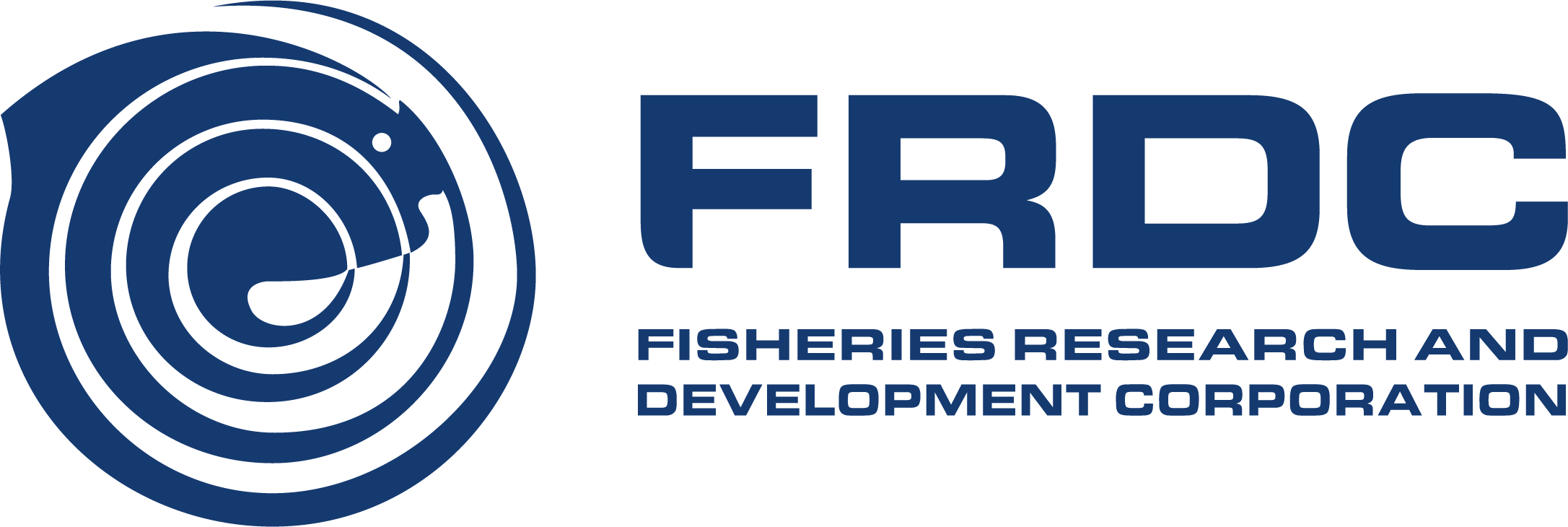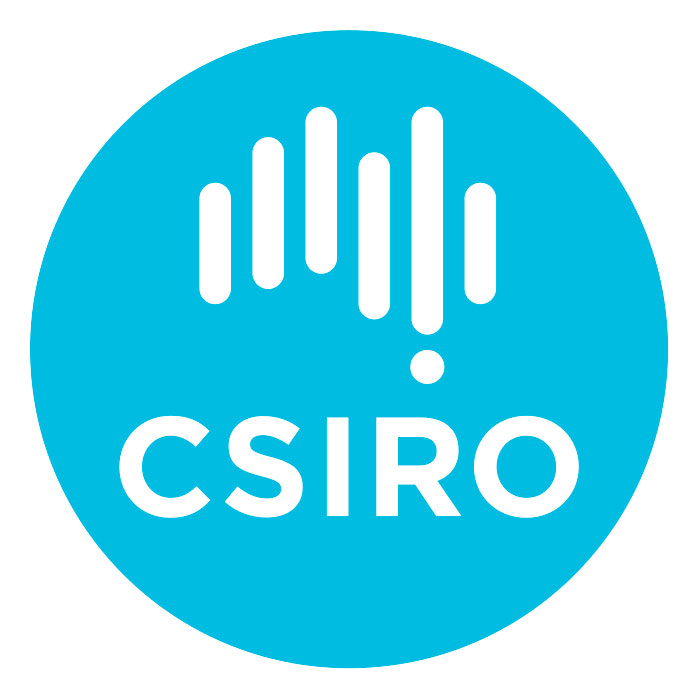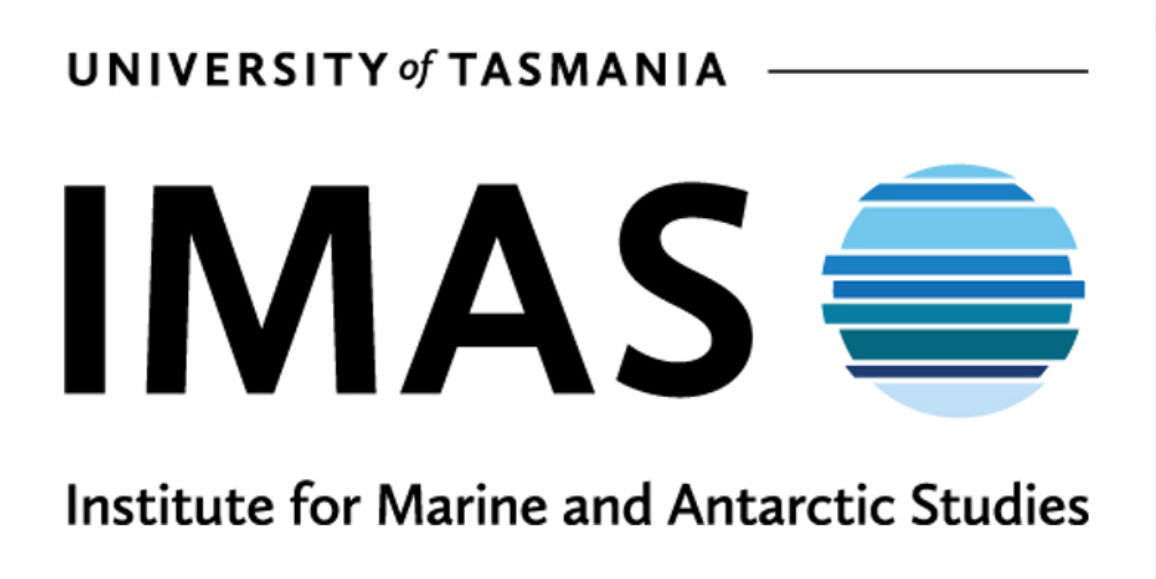To help inform any future planning for expansion of aquaculture, researchers have worked on a range of projects to assess aspects associated with expansion, including spatial planning of potential new sites. Spatial planning can be used as a framework to assess uses and values present in specific areas of the marine environment. By doing so, it can be used to determine suitability for certain activities in certain areas, while also minimising conflict with other users or values.
Spatial planning is an important tool for assisting with decisions about the allocation of marine space for activities like aquaculture. Geographic information system (GIS)-based decision support tools for resource managers play a fundamental role in collating, visualising and analysing this information.
In 2020, IMAS released a Pilot Marine Spatial Assessment Tool designed to evaluate options for assessing and balancing marine uses in the D’Entrecasteaux Channel, south and west of Bruny Island.
Researchers used spatial information to develop maps that include information on various marine uses. These indicate visually which areas may experience marine-user conflicts, and other areas that may show less potential for conflict so may be suitable for Atlantic salmon aquaculture development.
The result was a spatial assessment decision support tool which resource managers can use to identify potential marine uses that may have conflicting values with proposed Atlantic salmon aquaculture developments. The tool can be replicated in other regions and is a good starting point in the decision-making process.
The tool was recently used in the IMAS Statewide Finfish Aquaculture Spatial Planning Exercise (2021) to explore growth opportunities for salmon aquaculture in Tasmania.
The project developed and applied the decision-support tool to identify these opportunities, should they exist. Decision-support tools promote transparency in decision-making by providing an approach where the input of information (data) is meticulously detailed, assumptions are explicit, and caveats are identified.
The biophysical suitability assessment of Tasmanian waters extended to three nautical miles offshore, and included a social, economic and environmental evaluation. The report found that most opportunities for salmon aquaculture generally reside in Tasmania’s deeper offshore waters.
These decision-support tools can be used by all stakeholders, so can form solid foundations to ensure the sustainable use of marine resources.



